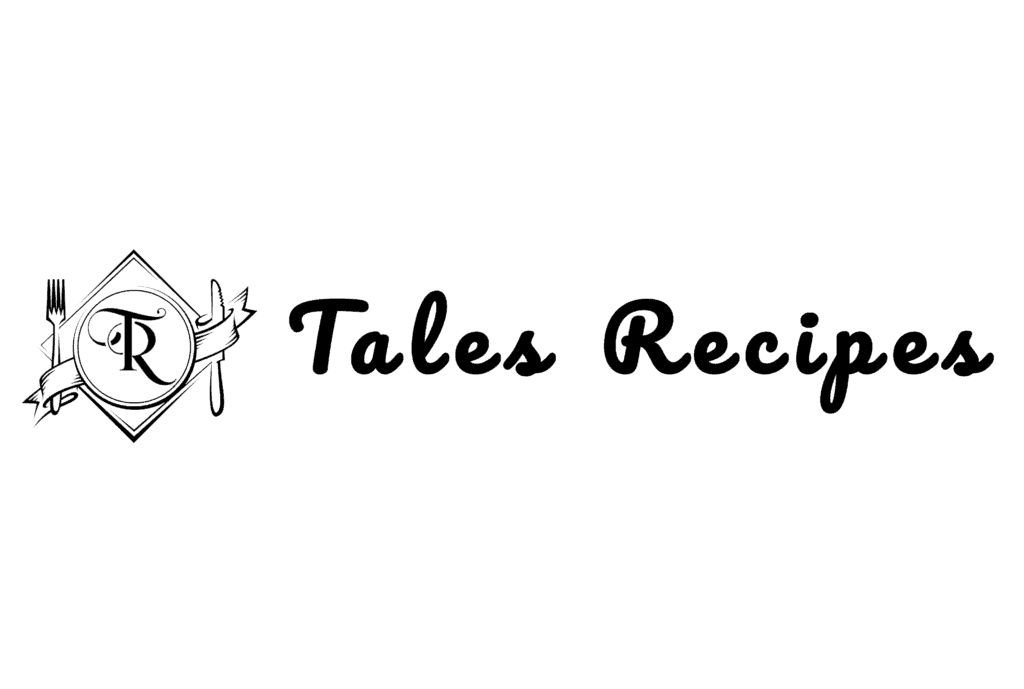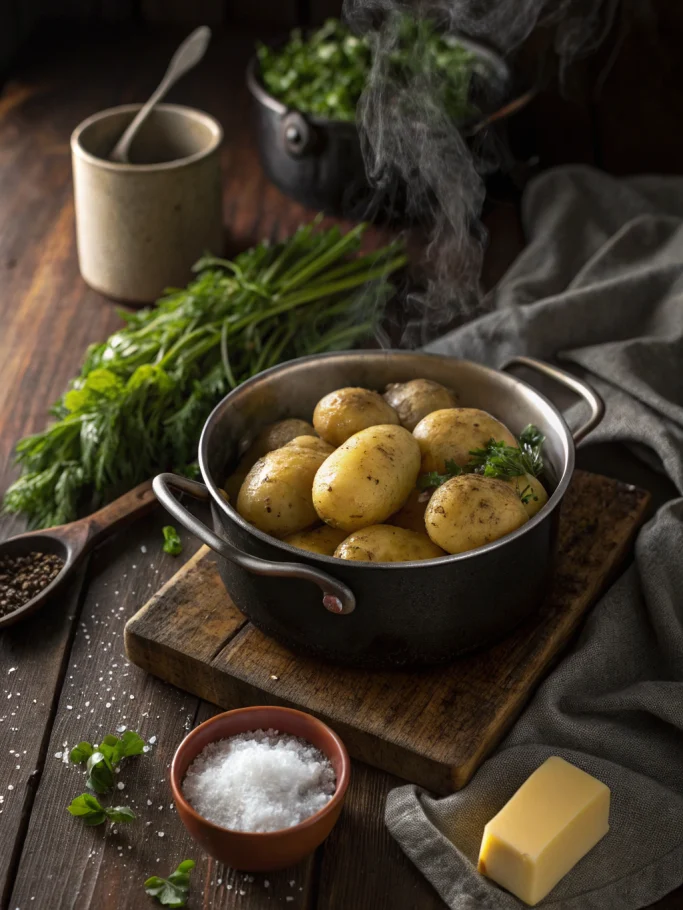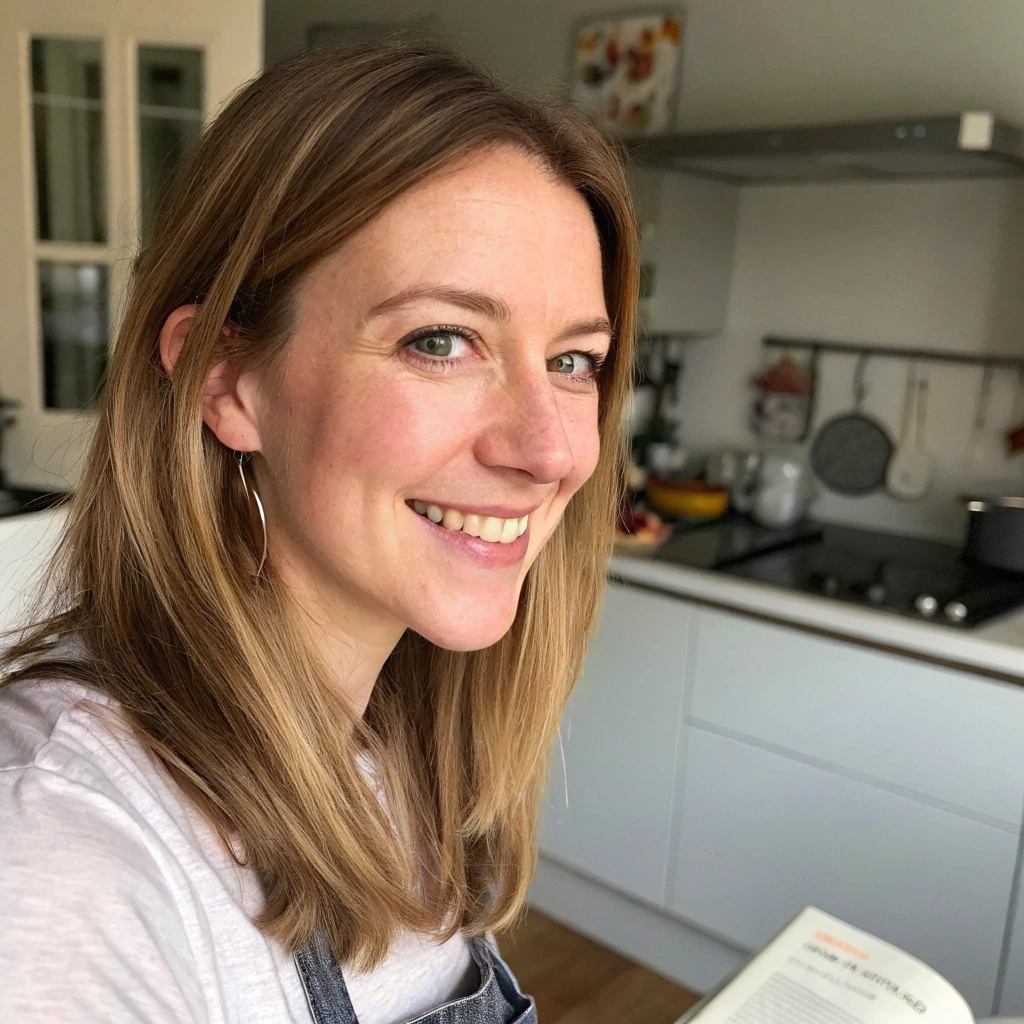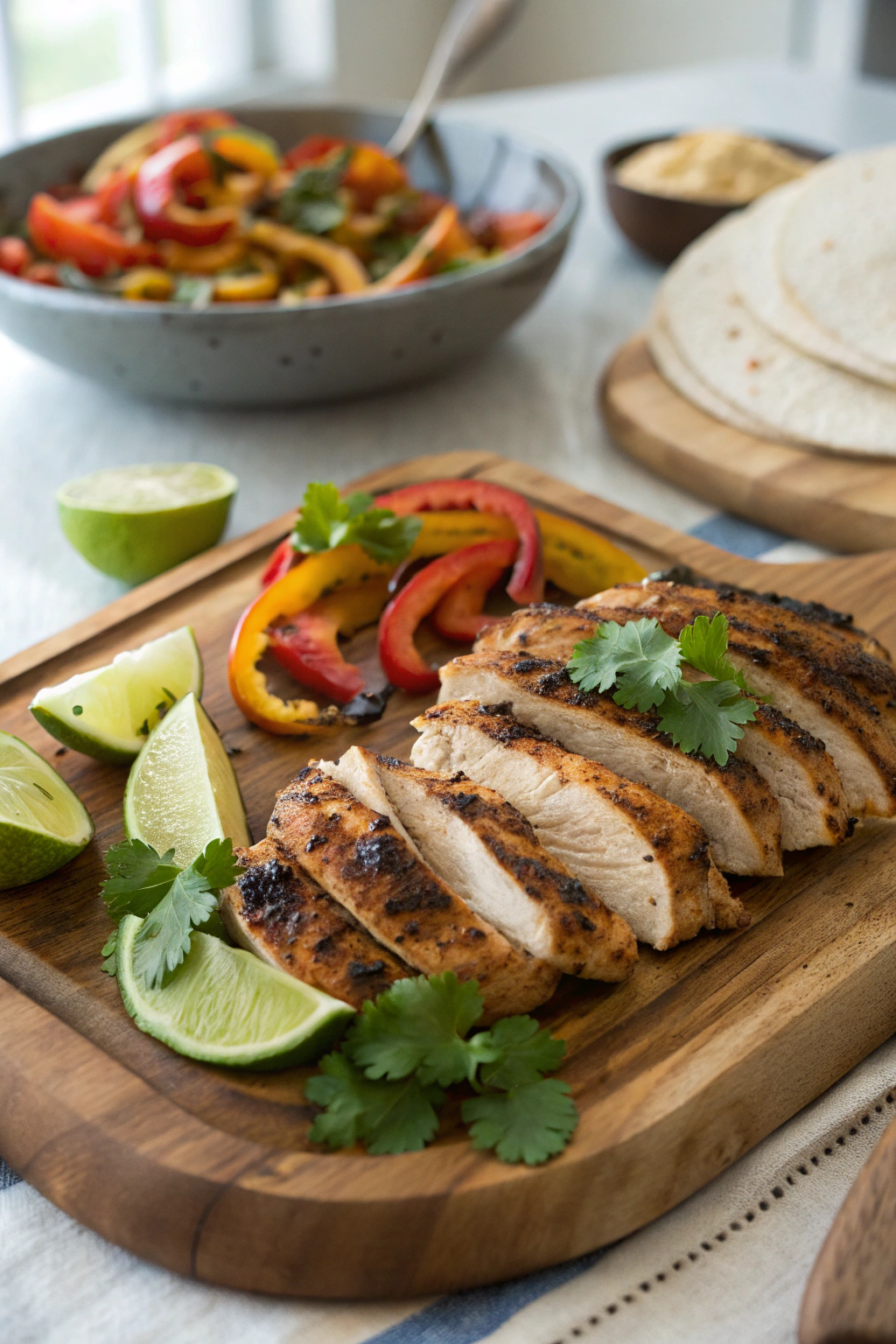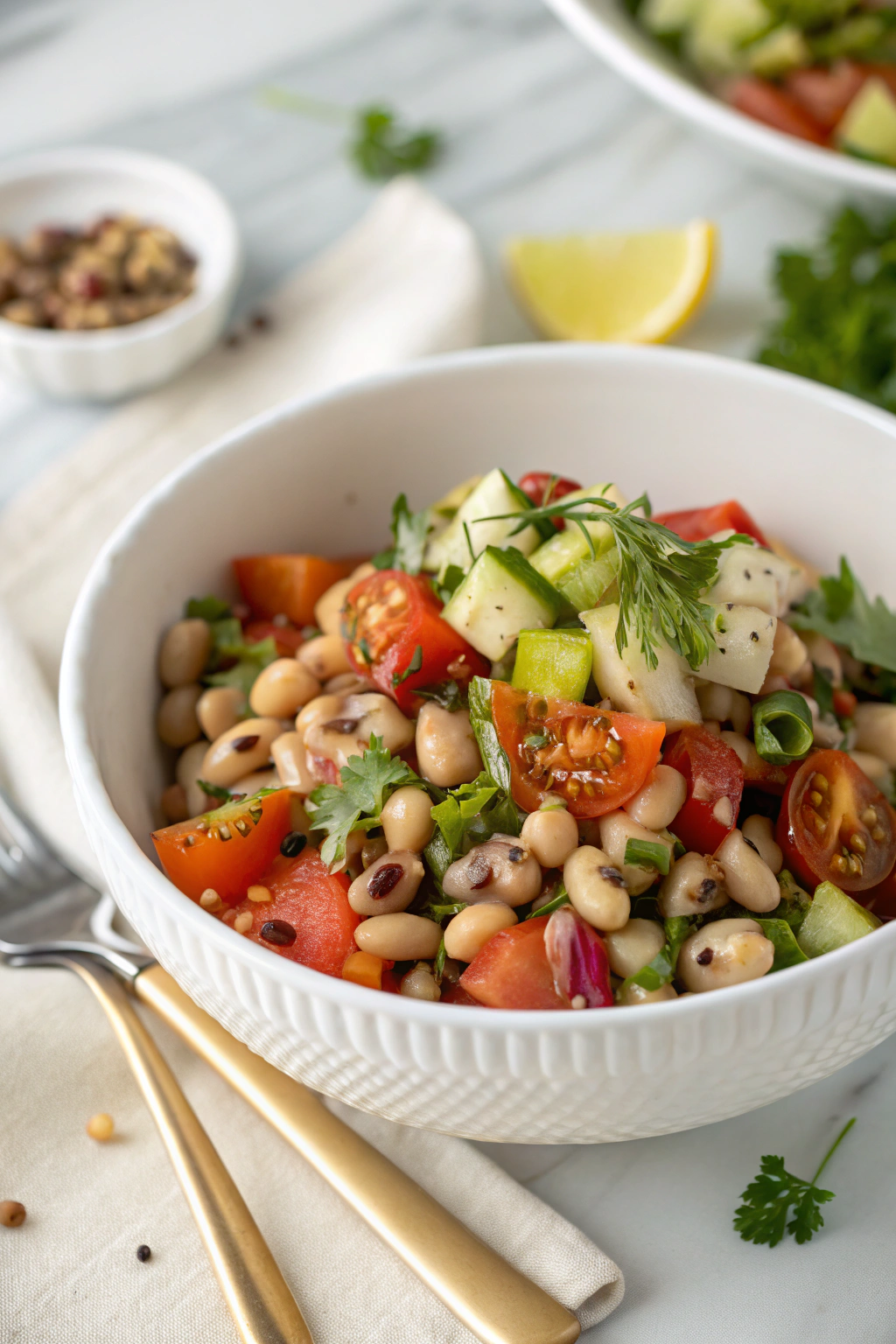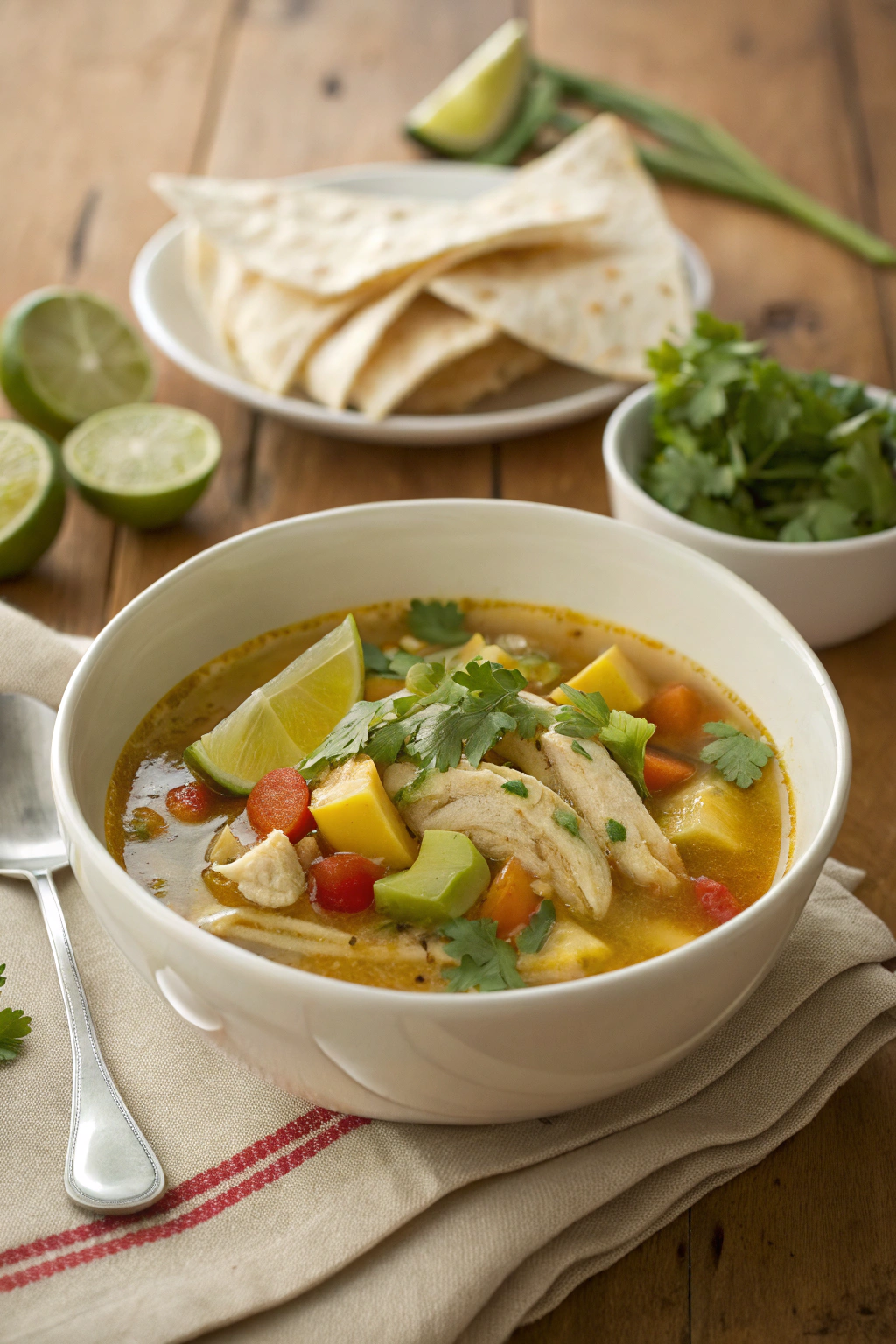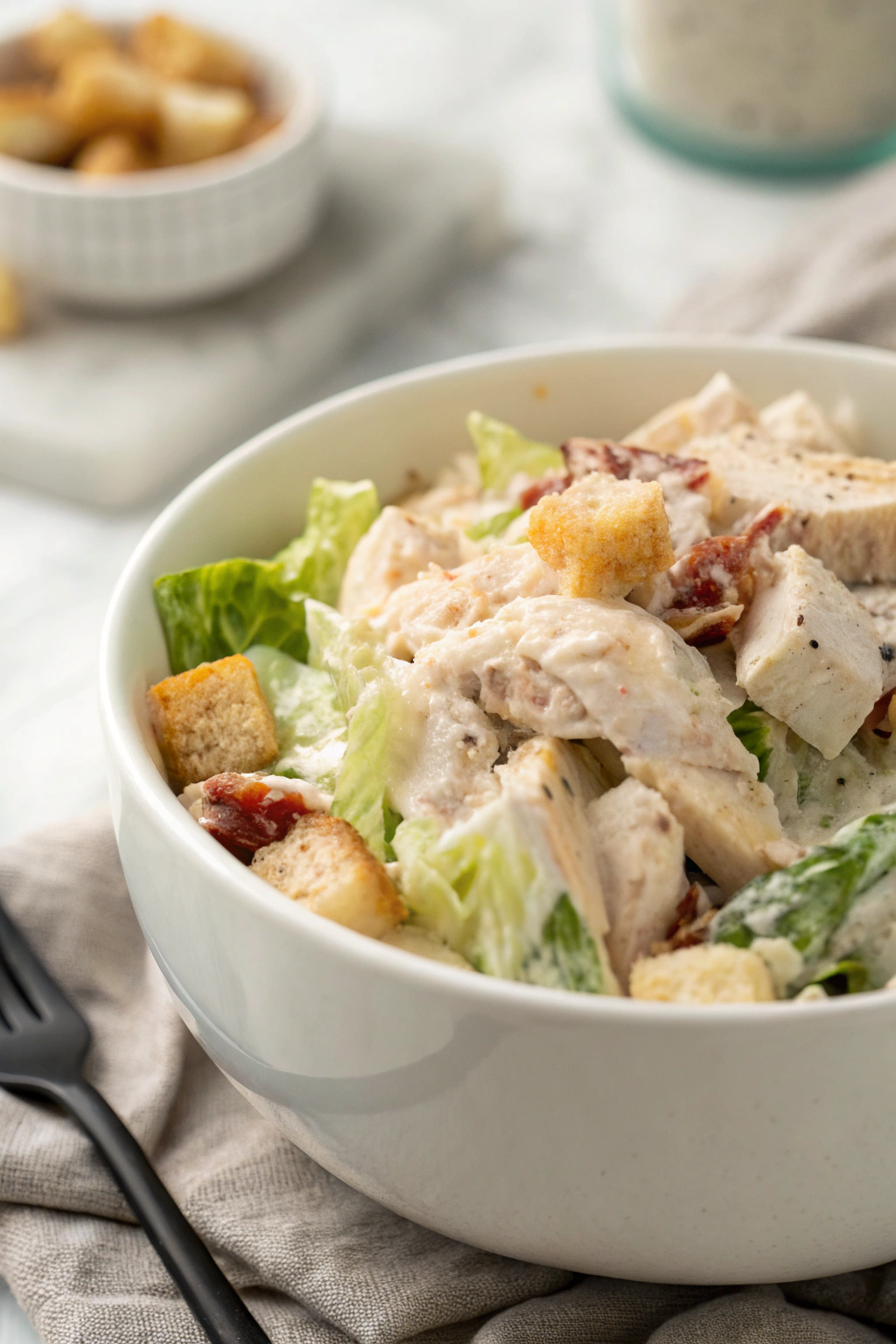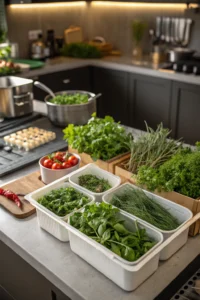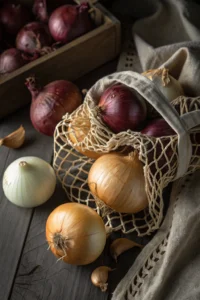You know what’s funny? I used to think I knew how to boil potatoes until I totally messed up my first Thanksgiving mashed potatoes fifteen years ago. Learning to properly boil potatoes changed my cooking game forever! Whether you’re making creamy mashed potatoes, potato salad, or just need tender spuds for a side dish, getting that perfect texture is crucial. I’ve spent years testing different methods to boil potatoes, and I’m excited to share my tried-and-true technique. Trust me – once you nail these basics, you’ll never have to worry about mushy or undercooked potatoes again. Let’s get cooking!
Essential Steps to Boil Potatoes Like a Pro
Choosing the Right Potatoes for Boiling
Y’all, picking the right potato makes all the difference when you’re planning to boil potatoes! I learned this the hard way after serving grainy mashed potatoes at my first dinner party (oops!). Learning how to properly store potatoes before cooking can significantly improve your results. For fluffy mashed potatoes, grab Russets or Yukon Golds – they’re my go-to starchy varieties. When I’m making potato salad, I reach for waxy red potatoes or fingerlings since they hold their shape better while boiling. Medium-starch all-purpose potatoes like white potatoes work great too, especially when you’re not sure what you’ll end up making. Just remember – those fancy purple potatoes might look cool, but they can get waterlogged super fast when you boil them!
Size Matters: Cutting Your Spuds
Y’all, I learned this one the hard way during my first Thanksgiving hosting gig! Cutting your potatoes into similar-sized pieces is absolutely crucial – it’s the difference between perfectly cooked spuds and a pot of half-mushy, half-raw disappointment. I usually aim for chunks about 1½ inches across. Pro tip from my grandma: for smaller potatoes (like those cute little red ones), you can leave ’em whole if they’re all about the same size. Bigger potatoes? Quarter ’em up! Just remember to keep those pieces consistent. And please, please use a sharp knife – I once nearly lost a finger trying to cut potatoes with a dull blade. Not fun, folks!
Salt Water Ratios for Boiling Potatoes
Listen up, because this is where most folks go wrong when they boil potatoes – the salt ratio! I used to be super stingy with salt until my grandmother set me straight. For every 4 cups of water, add about 1 tablespoon of kosher salt. Sounds like a lot, right? But trust me, this makes such a difference in the final taste. Start with cold water (never drop potatoes into already boiling water – I learned that lesson the hard way!), and make sure there’s enough liquid to cover your spuds by about an inch. Remember, potatoes are basically little flavor sponges when you boil them, so this is your chance to season them from the inside out.
Time and Temperature Guide for Boiled Potatoes
How Long to Boil Different Potato Sizes
When you boil potatoes, timing is everything! Small, diced potatoes (about 1-inch cubes) typically take 10-12 minutes to cook through. Medium-sized whole potatoes need around 15-20 minutes of gentle boiling. For those big russet potatoes you might use for mashing, plan on 20-25 minutes in the pot. I’ve found that red potatoes tend to cook a bit faster than russets, so keep an eye on them. Remember to start checking a few minutes before the suggested time – every potato batch is different! I like to keep my water at a gentle simmer rather than a rolling boil to prevent the spuds from breaking apart.
Testing When Potatoes Are Done
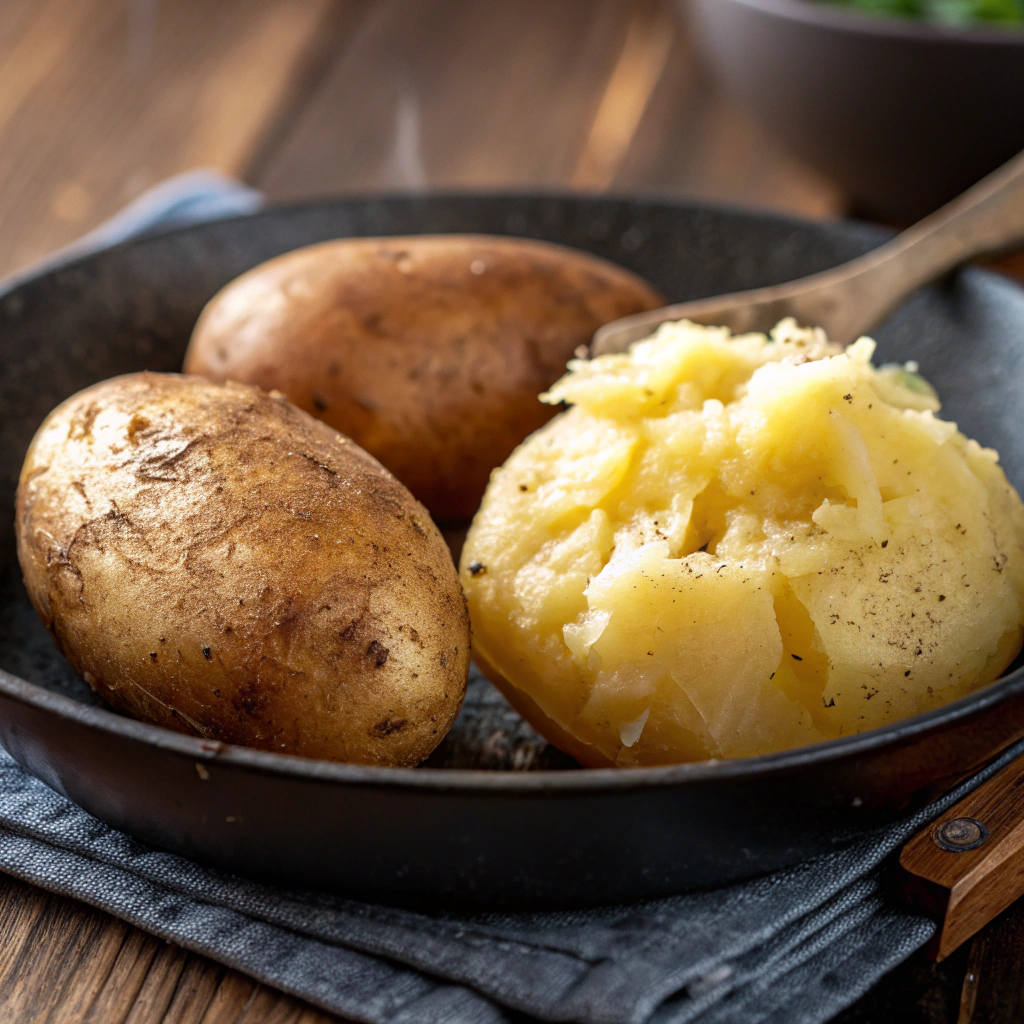
The best way to check if your boiled potatoes are ready is the trusty fork test. Simply pierce the potato with a fork – it should slide in easily with little resistance. When boiling potatoes for mashing, you’ll want them very tender throughout. For potato salad, aim for a slightly firmer texture where the fork meets just a hint of resistance. I learned this trick from my grandmother: if the skin starts cracking, they’re definitely done! Don’t rely on timing alone, as altitude and potato size can affect cooking duration. Keep testing until you get that perfect tenderness you’re looking for.
Quick vs Slow Boiling Methods
Let’s talk about two ways to boil potatoes: the quick method and the slow simmer. The quick method works great when you need to boil potatoes fast – just drop them into already boiling water and cook at a moderate boil. For a gentler approach, start with cold water and bring everything up to temperature together. This slow method helps the potatoes cook more evenly from center to edge. I prefer the slow method for mashed potatoes since it gives better texture. Remember to add salt to your cooking water – it makes a huge difference in flavor!
Common Mistakes When Boiling Potatoes
Starting With Hot vs Cold Water
When you boil potatoes, the temperature of your starting water matters more than you might think! Starting with cold water allows the potatoes to heat gradually, ensuring even cooking from the inside out. Hot water can shock the outside of the potato, leading to uneven cooking and that dreaded mushy exterior with an undercooked center. I always add my potatoes to cold water, then bring everything to a boil together. This method takes a few extra minutes, but the improved texture is worth the wait. Remember to salt your water generously – it’s your only chance to season the potatoes from the inside.
Why Your Boiled Potatoes Get Mushy
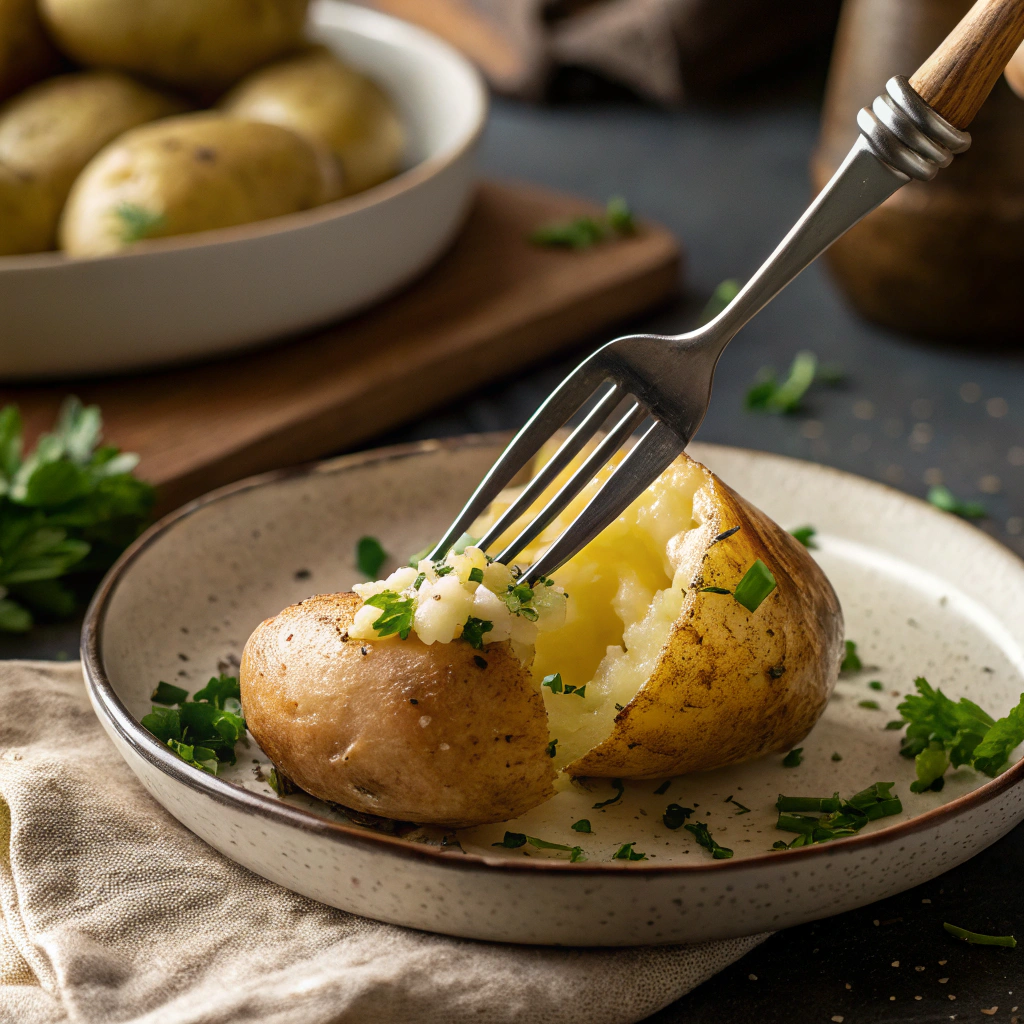
The frustration of mushy potatoes usually comes from a few common cooking mistakes. When you boil potatoes too vigorously or for too long, they’ll break down and become waterlogged. Using the wrong type of potato can also lead to mushiness – waxy potatoes hold their shape better than starchy ones when boiled. I’ve learned to keep the water at a gentle simmer instead of a rolling boil. Another tip: don’t overcrowd your pot! Give those spuds some space to move around. Always drain your potatoes immediately after they’re done to prevent them from continuing to cook.
Fixing Over-Boiled Potato Problems
If you’ve accidentally over-boiled your potatoes, don’t panic! There are several ways to salvage them. When boiling potatoes for a salad that turned too soft, try gently folding them with a bit of vinegar and letting them cool – the acid helps firm them up slightly. For mashed potatoes that are too wet, you can spread them on a baking sheet and pop them in a low-temperature oven to dry out excess moisture. I’ve saved many potato dishes by adjusting the seasoning and adding texture elements like crispy bacon or fresh herbs to distract from less-than-perfect texture.
Creative Ways to Season Boiled Potatoes
Herbs That Complement Boiled Potatoes
When you boil potatoes, the right herbs can transform them from simple to spectacular. Fresh rosemary and thyme are my go-to choices – I learned this trick from my grandmother who always kept these herbs in her garden. After you boil potatoes, try tossing them with finely chopped rosemary while they’re still warm. The heat helps release those amazing oils! For a Mediterranean twist, mix in some oregano and basil with a splash of good olive oil. I love adding fresh dill too, especially with baby potatoes in spring. Chives and parsley work beautifully year-round, adding both color and a gentle oniony kick. Remember to add tender herbs like parsley after boiling to keep their bright flavor intact.
Making Infused Cooking Water
One game-changing way to boil potatoes is to season the cooking water itself. I like adding whole garlic cloves, bay leaves, and peppercorns to the pot before dropping in the potatoes. The spuds soak up all those wonderful flavors as they cook! Try adding a splash of white wine or a few lemon peels to the water – it makes such a difference. Sometimes I’ll toss in some whole star anise or fresh ginger slices for an Asian-inspired twist. Just remember to salt your water generously – think “”salty like the sea”” as my cooking teacher used to say. The potatoes will thank you for it!
Post-Boil Seasoning Tricks
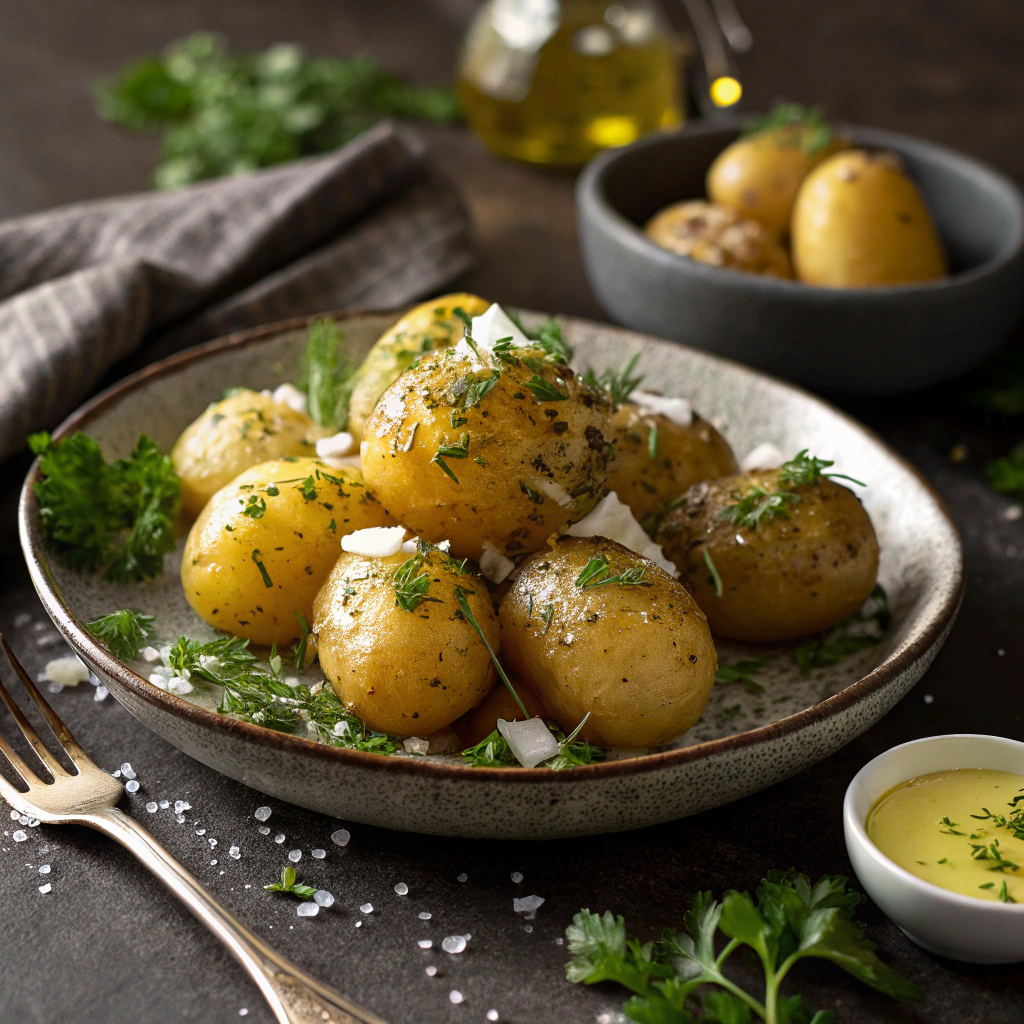
Once you’ve finished boiling potatoes, there’s still plenty of room for creativity with seasonings. While they’re hot, I love smashing them slightly and drizzling with browned butter and fresh herbs. Another favorite trick is sprinkling them with smoked paprika and garlic powder right after draining – the residual steam helps the spices stick beautifully. For special occasions, try coating your boiled potatoes in truffle oil and sea salt. Don’t forget about compound butters! Mix soft butter with roasted garlic, herbs, or even blue cheese, then let it melt over your hot potatoes. The possibilities are endless.
Storing and Reheating Boiled Potatoes
Best Containers for Leftover Potatoes
After you boil potatoes, proper storage is key to maintaining their texture and flavor. I’ve found that airtight glass containers work best – they don’t retain odors like plastic ones do. Let your potatoes cool completely before storing to prevent condensation, which can make them mushy. When I boil potatoes for meal prep, I often separate them into portion-sized containers. This makes reheating much easier later in the week. A cool tip: line your container with paper towels to absorb excess moisture. Keep them in the fridge’s crisper drawer, where they’ll stay fresh for 3-4 days. Just avoid metal containers, which can cause discoloration.
How to Reheat Without Drying Out
The secret to reheating boiled potatoes without losing their perfect texture lies in adding moisture back. I like to warm them in a covered skillet with a splash of water or broth. When you boil potatoes ahead of time, this method helps them taste freshly made. For microwave reheating, place a damp paper towel over them and heat in 30-second intervals. My favorite trick is to cut them into chunks and pan-fry them with a bit of butter – they get slightly crispy outside while staying tender inside. You can also steam them briefly in a basket over simmering water.
Meal Prep with Boiled Potatoes
Planning ahead with boiled potatoes can be a real time-saver. I often boil a big batch on Sunday for various meals throughout the week. They’re perfect for quick potato salads, hash browns, or adding to soups and stews. When meal prepping, I like to boil potatoes just until tender – slightly undercooked is better than overcooked for reheating later. Consider cutting them into different sizes based on their intended use. Small cubes work great for breakfast skillets, while larger pieces are ideal for mashing or roasting. Remember to season lightly if you’re planning multiple uses!
Simple Steps to Get Started
Now that you know the ins and outs of how to boil potatoes perfectly, it’s time to put these tips into practice! Start with a simple batch of boiled new potatoes for dinner tonight. Remember to check them with a fork for doneness, and don’t forget to season your cooking water. Share your results in the comments below – I’d love to hear how these tips worked for you! For a delicious side dish, try making a potato and green bean salad with your perfectly boiled potatoes.
